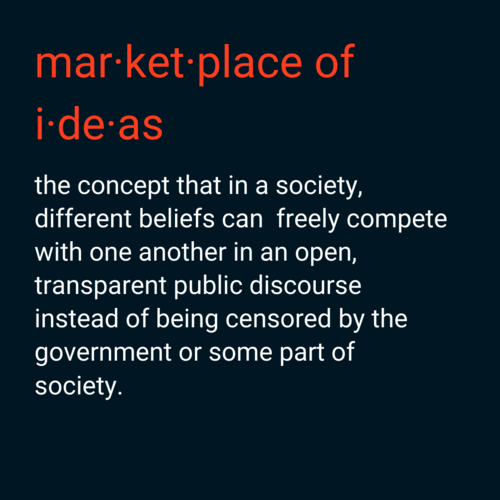In his classic On Liberty, John Stuart Mill warned: “The peculiar evil of silencing the expression of an opinion is, that it is robbing the human race… If the opinion is right, they are deprived of the opportunity of exchanging error for truth: if wrong, they lose the clearer perception of truth, produced by its collision with error.”
For Mill, blind conformity was less than human. It represented society turning its back on progress – like a lemming mindlessly jumping off a cliff.
For Mill, self-improvement required a “marketplace” of ideas, where different beliefs could freely compete with one another in an open, transparent public discourse instead of being censored by the government or some part of society. Over time, falsehoods and misguided opinions would naturally be filtered out, while the best ideas would thrive and spread.
There was a time when most people believed the Earth was flat, or that the sun revolved around us. Because a marketplace of ideas had not been established, people rejected any theories that questioned this perceived reality, limiting human progress. We can trace the first proposal of a “marketplace” to John Milton’s Areopagitica, written during the English Civil War in 1644. In an appeal for a more tolerant Parliament, Milton argued that in a ‘grapple’ between truth and falsehoods, the truth would win out in the end. But we would have to question any accepted truths every day, because our knowledge evolves over time. The marketplace of ideas is the only way to ensure that our beliefs continue to represent the best available information and don’t stagnate as a new, unchallengeable orthodoxy.
Over time, the marketplace of ideas in everyday life has changed significantly. Whereas it used to describe competing published opinions, usually from mainstream experts like journalists, philosophers or scientists, today anyone can be a “journalist” with a click of their phone. With over a billion social media posts a day, the marketplace of ideas has expanded exponentially.
In theory, this is a good thing – the more ideas are allowed to compete with one another, the higher quality they should all become. But when we’re bombarded with information all the time, this is far from the case. Social media websites like Twitter use algorithms that display posts based on a calculation of “relevance”, meaning content that has more immediate engagement will be shown to more users. Because of this, it is often not the smartest, but the most incendiary ideas that gain popularity. Fake news articles that contain moral-emotional language appeal to our most basic senses, and are 70% more likely to be retweeted than real news stories.
Many of us use social media every day. This is partially because the platforms promote addictive habits, whether through likes, retweets or follows, creating a ‘mob mentality’ amongst groups that prevents the kind of reflective attitude we need for rational discourse. Social media outlets instead create filter bubbles and echo chambers where users hear what they want to hear and validate views they already hold. Frequently, you’re only going to see articles in your Facebook news feed that you already agree with. And research into cognitive dissonance has shown that even when someone does read a new viewpoint that is factually correct, they’re likely to disregard it if it contradicts a prior-held belief.
Taken together, these characteristics of the internet ecosystem help explain why fake news is such a problem. Take the example of QAnon, a far-right conspiracy theory that had its roots in fringe internet groups before launching into the mainstream through a mass propaganda campaign on social media.
Another threat to the marketplace of ideas that you might have heard about in the news is ‘cancel culture’. This is a modern trend of groups boycotting and shaming individuals for something they have said or done that is considered offensive, effectively ‘cancelling’ the individual. The intention is to destroy their reputation and censor them because of their views. People that engage in cancel culture aim to remove certain types of ‘wrong-think’ from discussion by taking an uncompromising stance on morality, limiting the scope of “acceptable” discourse. Often, the targets are celebrities, but the individuals most at risk are those still rising in their fields, who can lose their jobs for publishing even one controversial blog post or tweet.
Take the example of James Bennett, the editorial page editor for the New York Times, who was forced to resign after a staff outcry over a controversial op-ed he agreed to publish. Shortly afterwards, Bari Weiss, another NYT editor, also resigned, decrying “constant bullying by colleagues who disagree with my views.” This phenomenon doesn’t just affect people living in the public eye. 62% of Americans now say they hold political views they’re afraid to share. This stifles our capacity to debate and fundamentally damages the principle of open discourse.
Once we understand the threats facing the marketplace of ideas, we can start confronting them. Be wary of news that uses emotional rhetoric instead of fact. Try to be impartial and find sources that speak from different points of view. And when you hear an opinion you find controversial or offensive, don’t rush to condemn the individual who holds it. Instead, try to engage with them and understand where their beliefs came from.
A truly free marketplace of ideas can unite us and enhance our democracy, enabling us to listen and engage with one another. Importantly, we should remember that while we are more than entitled to our views, we shouldn’t close our minds to alternative ones. It is only by openly debating these ideas and creating common ground that we can improve ourselves every day and create a tolerant, innovative and freethinking world.




